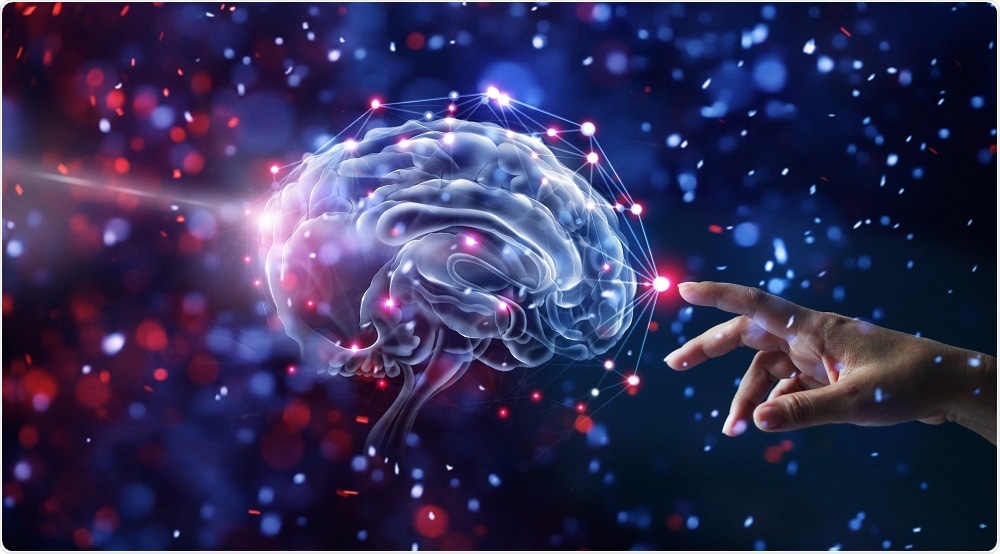Researchers from the Georgia Institute of Technology have uncovered a mechanism involved in visual awareness that gives people confidence that what they see is real.
 Image Credit: Poptika / Shutterstock.com
Image Credit: Poptika / Shutterstock.com
The scientists found that two brain regions work together to produce this visual confidence. The phenomenon the researchers observed is as a form of metacognition, which is broadly defined as the brain becoming aware of something else the brain is doing.
This may be as complex and analysing your thoughts or as simple as being aware of an itch or something you just saw. The two PFC regions that the researchers studied were the dorsolateral prefrontal cortex (DLPFC) and the anterior prefrontal cortex (aPFC).
We had already thought of the prefrontal cortex (PFC) as producing that confidence, but we haven't previously distinguished two regions of it as having distinct, separate roles.”
Dobrimir Rahnev, Study Author
As reported in the Journal of Neuroscience, the study found that DLPFC gathers visual sensory input and when it has strong signals, it signals down to the aPFC, which usually confidently registers that a person is aware of what they are seeing.
The aPFC takes the evidence from the DLPFC and matches it to a level of confidence of what is being seen."
Medha Shekhar, Co-Author
For the study, the team used transcranial magnetic stimulation (TMS) to interfere with the activity of one brain region and then the other.
"By dissociating the contributions made by the two regions, we could discern some mechanisms in these processes we were interested in," Shekhar said.
To track the effects of the dissociation, the psychologists had volunteers look at two faint patterns referred to as Gabor patches and then indicate what they saw. The patterns are a simple series of lines such as this \\\\ or this one ////.
"They're the most boring stimuli one can imagine. We use them because we want to minimize interfering neurological activity by not encouraging the brain to do a lot of additional things," explains Rahnev.
The participants pressed buttons to indicate whether the lines they saw pointed up towards the left or the right and how confident they were about what they saw.
As they did this, the researchers ran interference in the two PFC regions using TMS. This affected whether the volunteers identified the line direction correctly, as well as their confidence in what they were seeing.
Applying TMS to the DLPFC caused confidence levels to decline, presumably because the TMC interfered with its ability to gather or pass on enough data to trigger confidence, while applying TMS to the aPFC increased visual metacognitive ability.
The two effects strongly indicate that the two brain regions were carrying out separate roles in visual metacognition.
Rahnev says consciousness is tricky because so many processes feed it and help generate it, but that it is fair to assume that this kind of metacognition stands in the threshold of what humans like to think of as consciousness.
Source:
https://eurekalert.org/pub_releases/2018-06/giot-ist060418.php